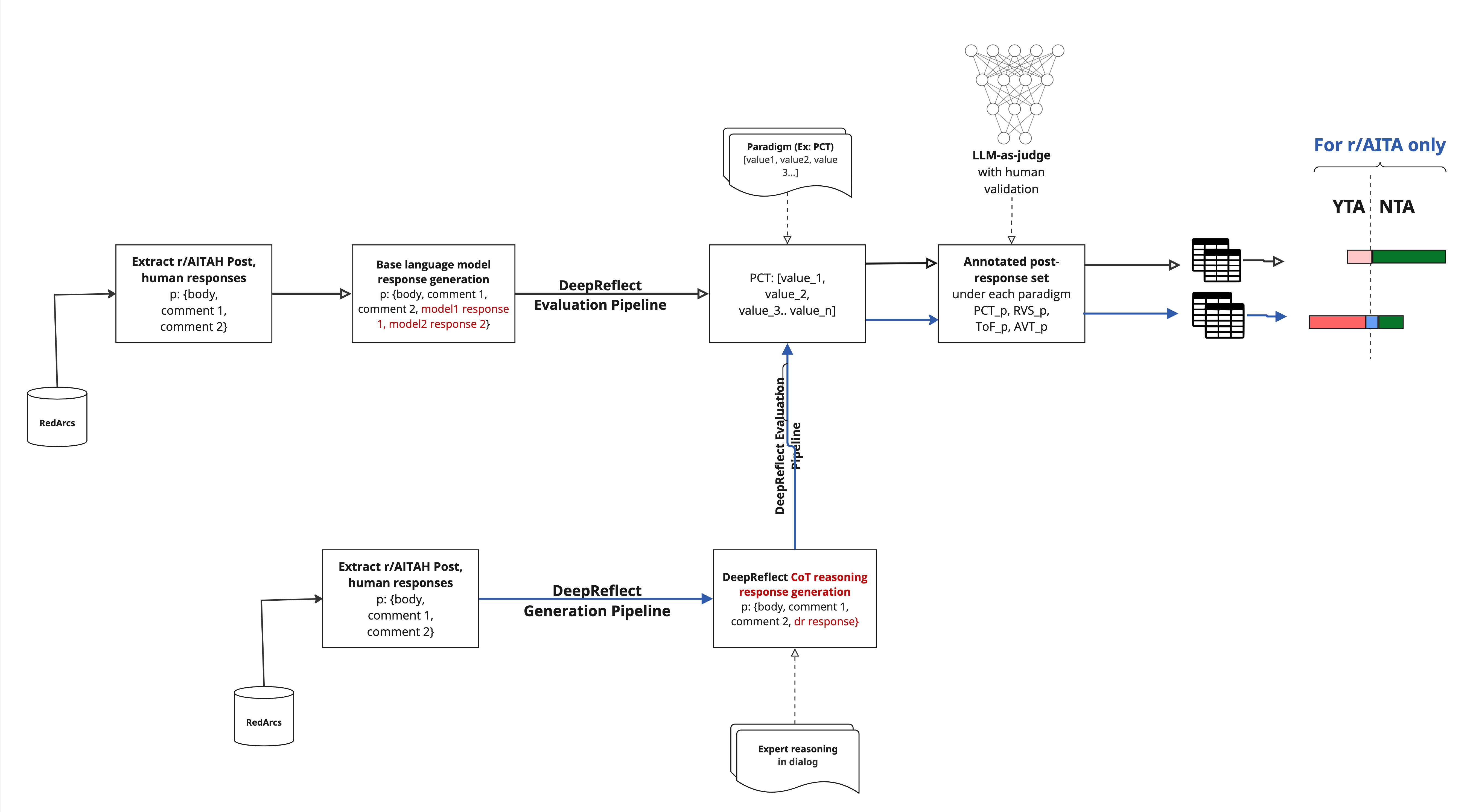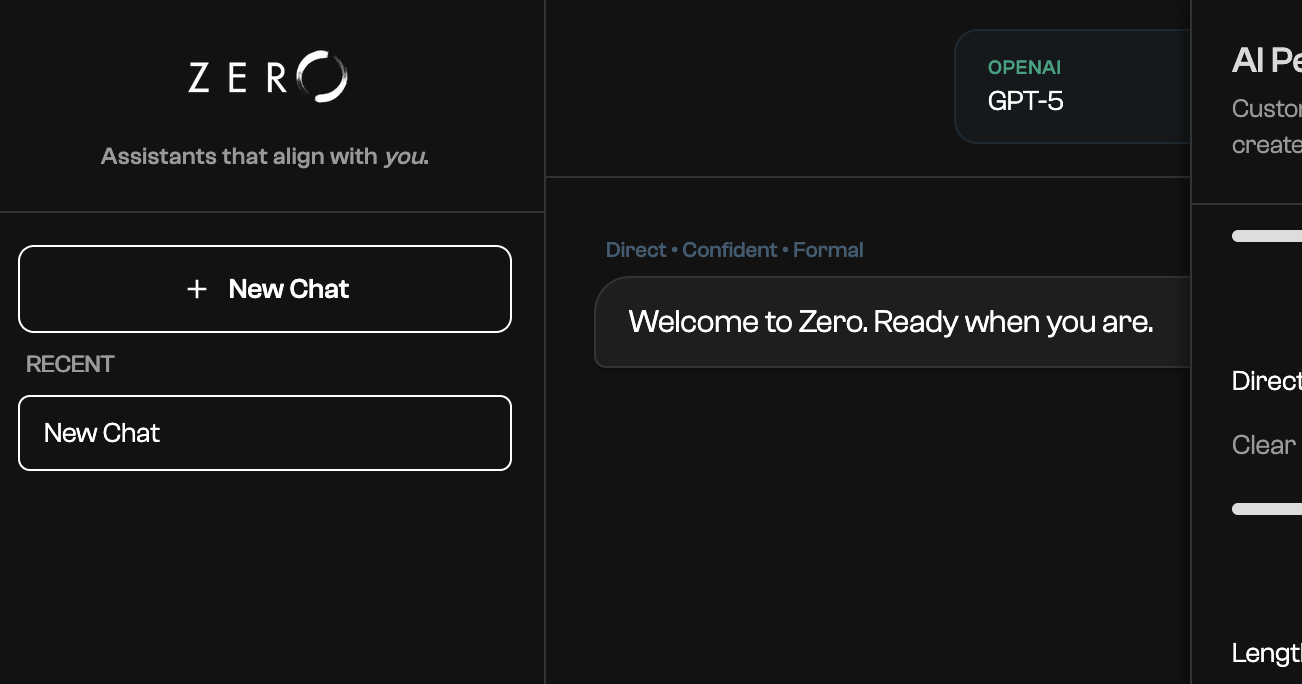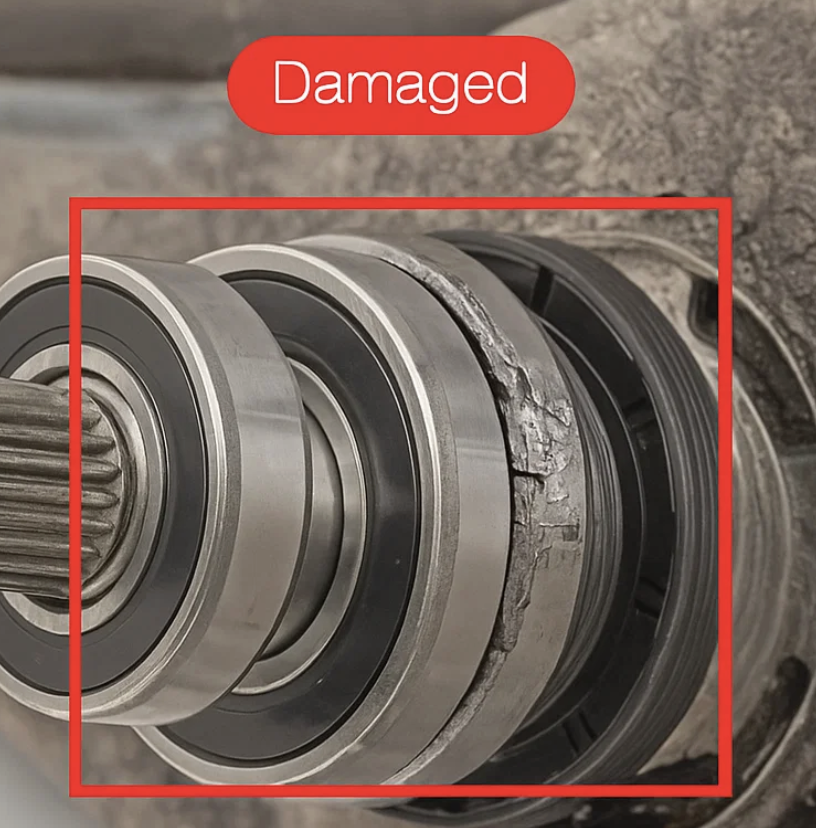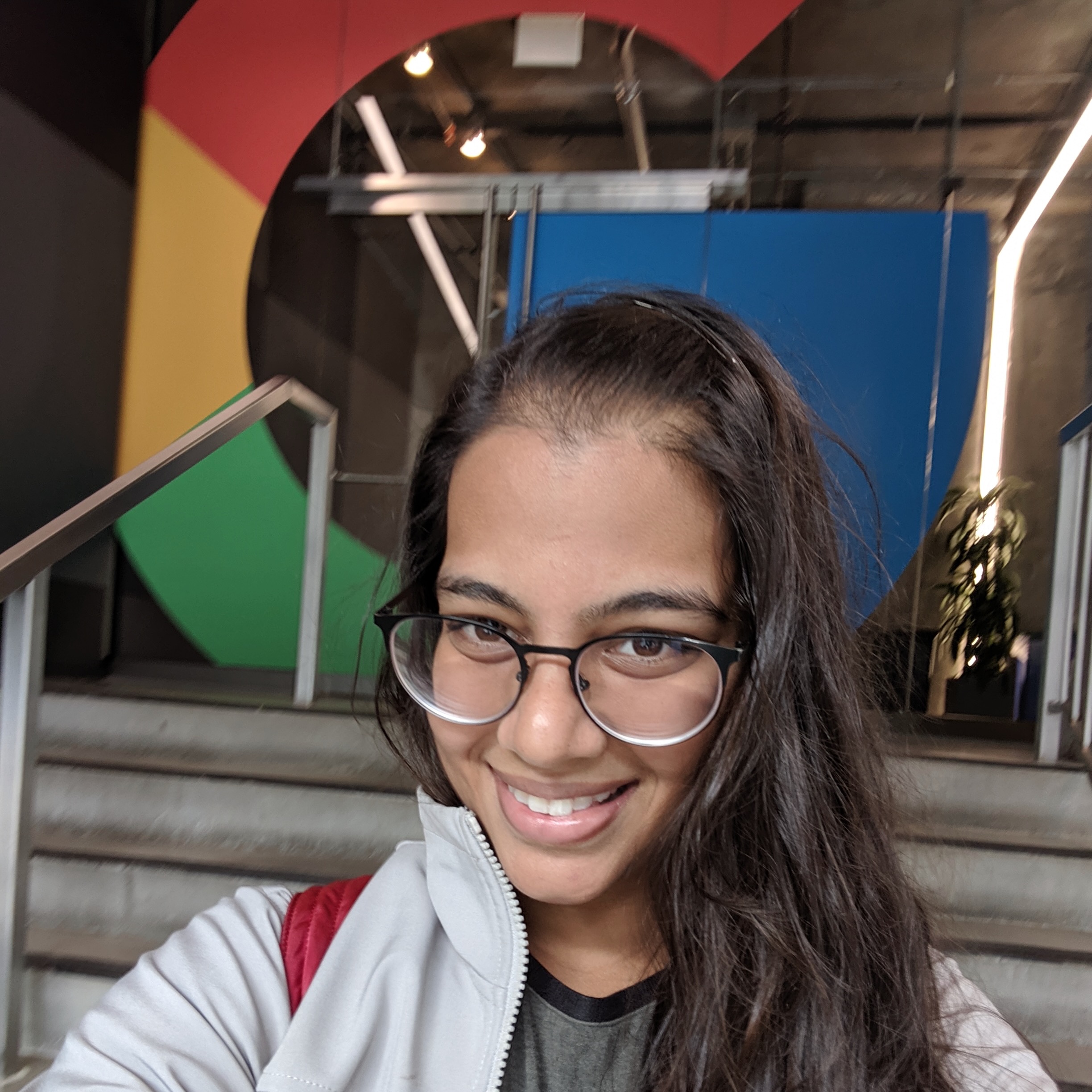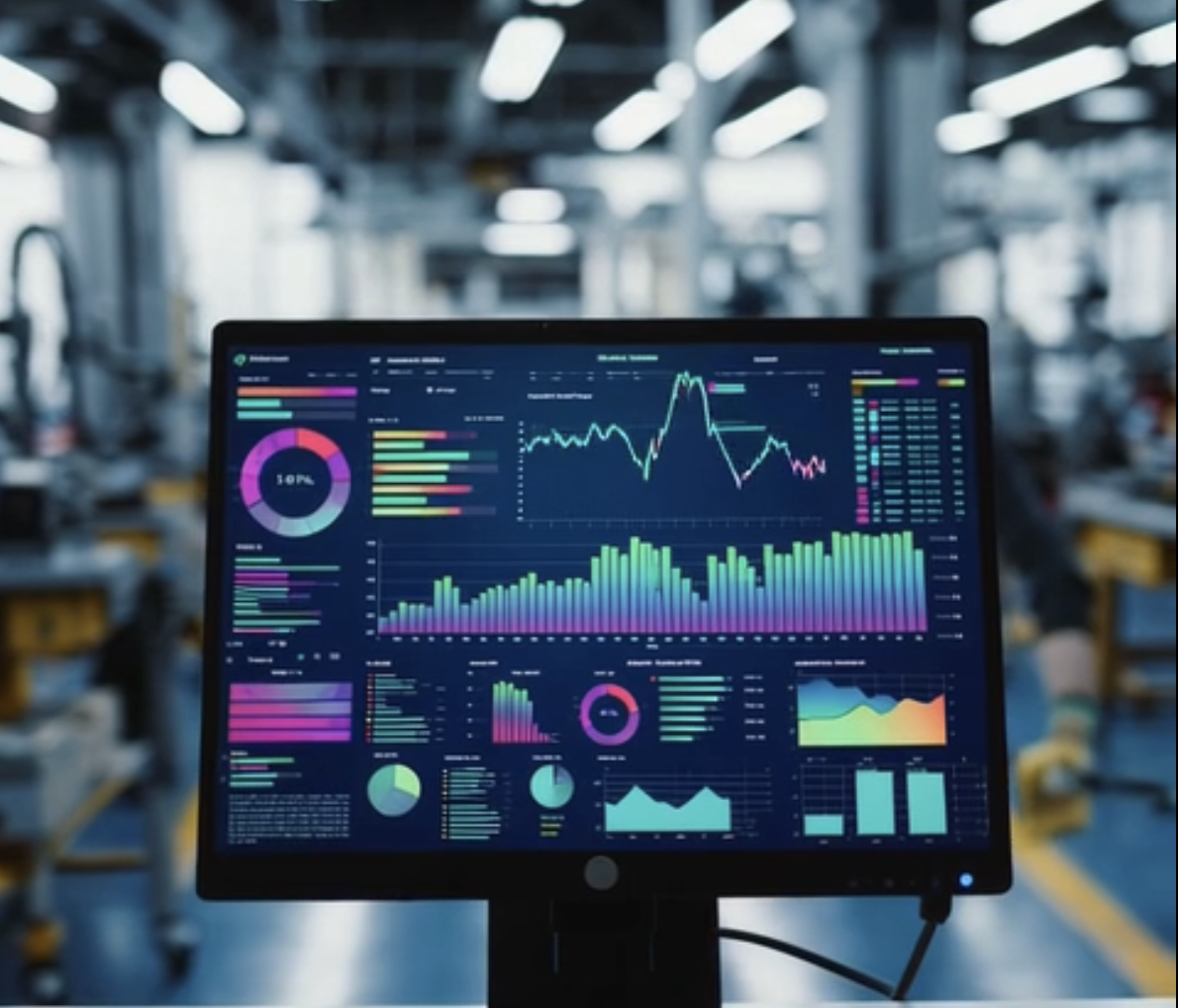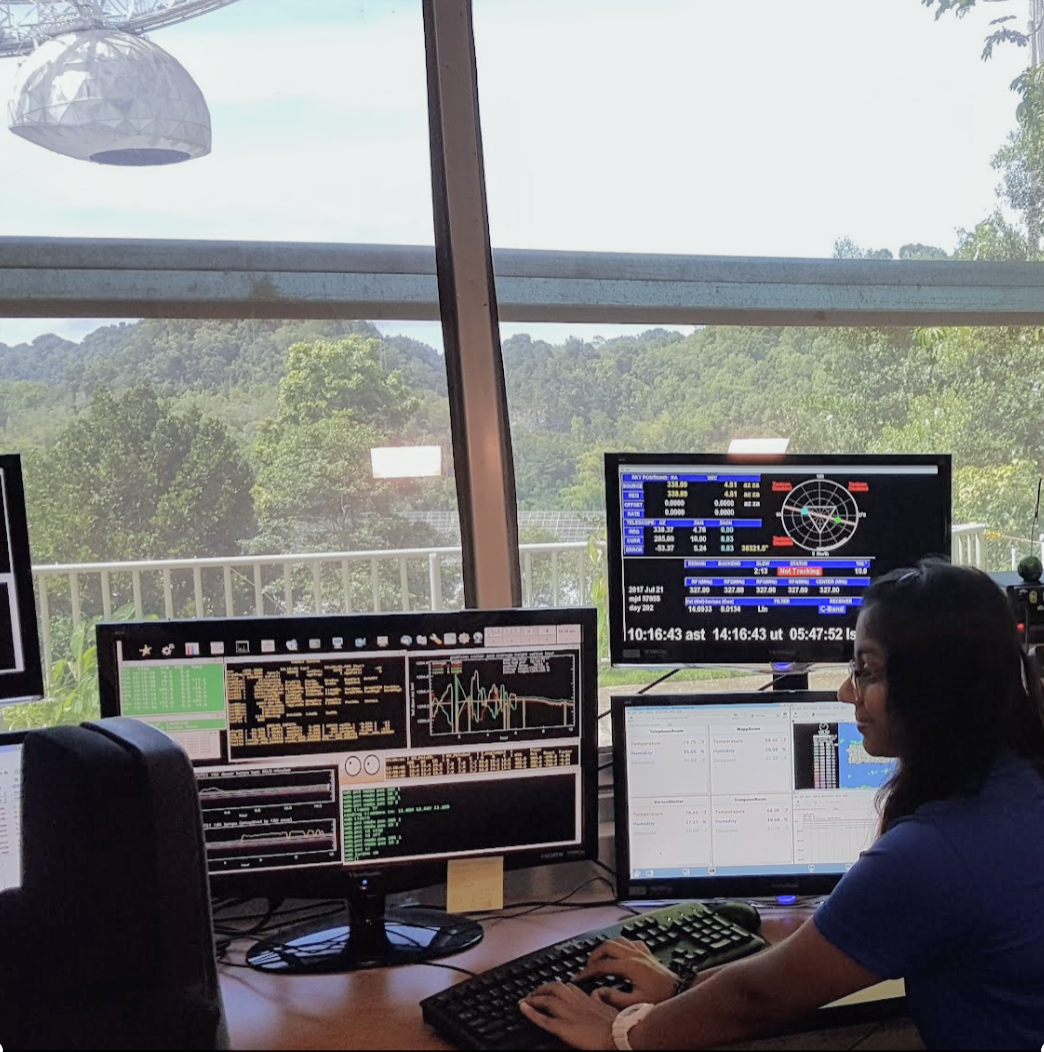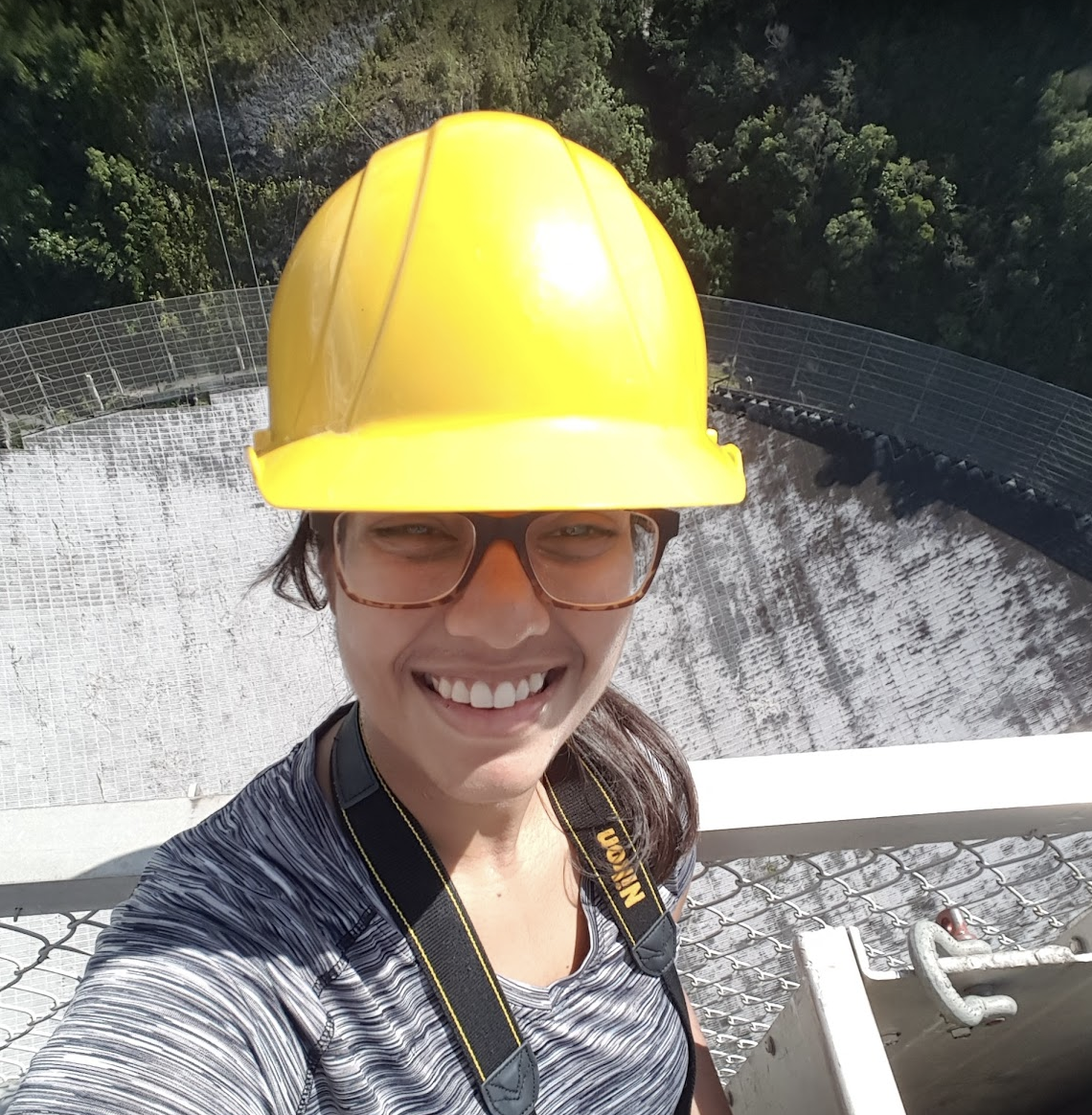Linguistic and Cultural Bias Analysis in Large Language Models
This project explores the extent to which linguistic and cultural biases present in training corpora and preference dataset shape LLM responses during inference. By examining the influence of individual pre and post-training datasets, we investigate whether models reflect or reinforce cultural norms without deliberate intent.

